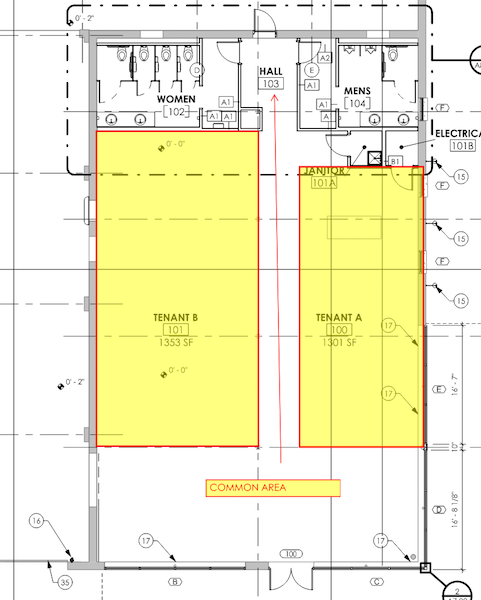
Three men equipped with a light-emitting diode headlamp travel for a night hunting trip in the Congo rainforest.
Cheap, powerful flashlights are allowing hunters in tropical jungles around the world to more easily kill nocturnal animals, including endangered species such as pangolins, according to a new study. Scientists warn the new technology threatens to further damage ecosystems already strained by overhunting.
Humans have stalked their prey with bright lights such as flashlights for decades. Sudden illumination can cause animals to freeze, making them easier targets. But flashlights using conventional incandescent bulbs quickly run out of power, making such hunting costly and difficult.
By comparison, light-emitting diode (LED) flashlights—which emit light from tiny electronic chips—can provide a burst of light while using less than one-quarter of the power. Their efficiency and brightness has made them ubiquitous in everything from TVs to cellphones over the past decade. Mark Bowler, an ecologist at the University of Suffolk, wondered whether the technology might also be changing the way people hunt in the jungles of the Peruvian Amazon, where he studies animal ecology.
There, electrical power is a treasured commodity. Whenever Bowler arrived in a village in the early 2000s, people would immediately ask whether he had any batteries. Batteries were lined up in the Sun or around fires to warm them and eke out a few more minutes of power. Hunters were also drawn to his expensive LED flashlight. But by 2012, when LED costs had plummeted, they all had their own. “That’s when I said, ‘OK, we need to do some interviews and find out what’s happening here,’” Bowler says.

The body of a lowland paca shot in the Peruvian Amazon lays in a canoe.
He joined researchers in Brazil and Gabon to gather data from hunters about their use of such lights. The results confirmed his suspicions. Of 120 hunters, nearly all reported using LED lights, Bowler and colleagues report this week in Frontiers in Ecology and the Environment. In South America, two-thirds of the hunters said they did more nighttime hunting with the new flashlights; in Gabon, where such hunting is illegal, just one-third said they did more night hunting. More than half the hunters said the LEDs made hunting easier.
Those responses were buttressed by 13 years of data on hunters’ efforts to kill small game in remote villages in the Brazilian Amazon. Hunters often shoot pacas (Cuniculus paca), nocturnal rodents that resemble small spotted pigs, from canoes at night, spotlighting animals standing at the riverbank. In 2011, the hunters were suddenly far more efficient at catching the animals, almost doubling the amount of paca meat they could catch in 1 hour.
The sudden shift puzzled Hani El Bizri, a Brazilian Ph.D. student at Manchester Metropolitan University who studies hunting in these villages, until he saw that it corresponded to the period when LED flashlights had become widespread. “This made sense to me,” says El Bizri, a co-author of the new research.
The rise of LEDs for bushmeat hunting could be a boon or a bane, says Robert Nasi, a forest ecologist and director general of the Center for International Forestry Research, an Indonesia-based nonprofit that studies wild animal hunting in Africa, Latin America, and Asia. For example, Gabonese hunters working at night in the vast forests of the Congo reported killing threatened species, including the giant pangolin (Smutsia gigantea) and various small antelopes known as duikers. LEDs could fuel intensive hunting of the sort that can take a toll on jungle ecosystems, Nasi says. But for people hunting to feed themselves, the lights could save time, freeing them up to do other things like fish or tend crops.
“It’s always the case with humankind,” says Nasi, who was not involved in the new research. “The problem is not the tool. The problem is what you choose to do with the tool.”
The Link LonkJuly 31, 2020 at 11:10PM
https://ift.tt/3feP6Rt
With powerful LED flashlights, humans are upping their jungle kills - Science Magazine
https://ift.tt/3d5QSDO

No comments:
Post a Comment